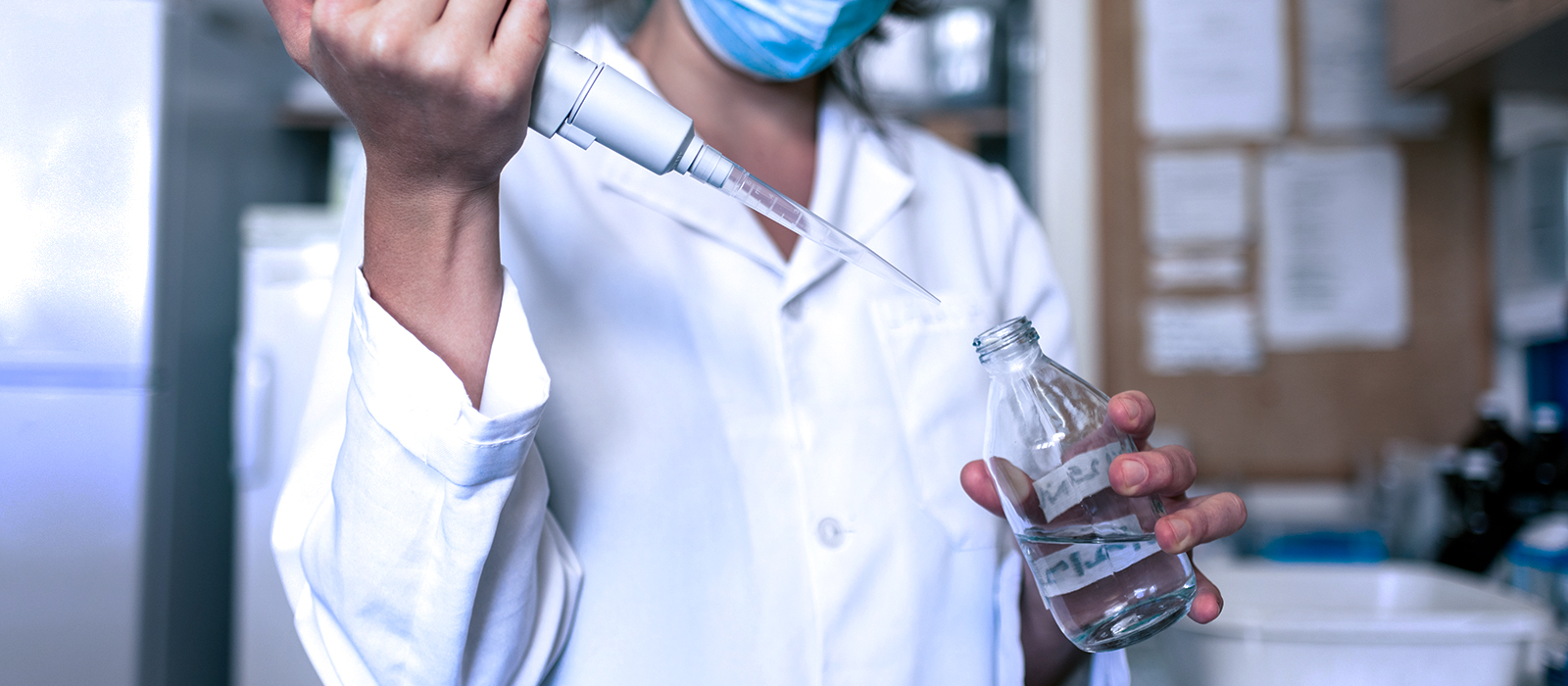PFAS Water Testing: Standardized EPA Methods For PFAS in Drinking Water and Non-Potable Waters

Perfluoroalkyl and polyfluoroalkyl substances (PFAS) are harmful chemicals in industrial settings and household products. They resist environmental degradation and are commonly present in landfills, soils with fertilizers, and various water sources.
Unfortunately, PFAS exposure causes changes in liver enzymes, increases the risk of testicular or kidney cancer, and raises cholesterol levels, among other health effects. To help protect human health, the EPA introduced effective PFAS water testing methods to identify and examine PFAS compounds in potable and non-potable waters.
EPA Methods for PFAS in Drinking Water
The EPA released rigorous methods lab analysts can use to assess samples from drinking water supplies and detect the presence of PFAS compounds. Below are the EPA methods and analytical techniques laboratories use to help safeguard public health.

EPA Method 537
EPA 537 uses solid phase extraction (SPE) liquid chromatography-tandem mass spectrometry (LC-MS/MS) to identify selected perfluorinated alkyl acids (PFAAs) in drinking water. This method, released in 2009, can identify 14 PFAAs, including perfluorooctanesulfonic acid (PFOS) and perfluorooctanoic acid (PFOA).
EPA Method 537.1
EPA 537.1 is an improvement over EPA 537. This method can analyze 18 PFAS compounds in drinking water using the same approach but requires only 14 days for extraction and 28 days for analysis.
EPA method 537.1 employs Trisma as a preservative and an SPE cartridge with polystyrene divinylbenzene (SDVB) for analyte extraction. For improved selectivity and precise quantification, it uses multiple reaction monitoring (MRM) and internal standard correction.
EPA Method 533
EPA 533 is the latest PFAS analytical method introduced in 2019 with significant improvements. It relies on isotopic dilution to minimize overall uncertainty and enhance quantification, as well as a weak anion exchange SPE cartridge to determine even short-chain PFAS compounds.
Compared to EPA 537.1, this method examines 25 specific PFAS compounds in drinking water by SPE LC-MS/MS. However, EPA 533 can analyze only 14 out of the 18 EPA Method 537.1 compounds. The expanded list includes four new PFAS compounds and an additional seven from other compound lists.
Methods 537.1 and 533, when used together to analyze drinking water samples, will effectively detect 29 PFAS compounds.
EPA Methods for PFAS in Non-Potable Waters
In addition to standardizing PFAS testing methods for drinking water, the EPA released methods for examining surface water, groundwater, and wastewater. Below are two EPA methods trained lab analysts can use.

EPA Method 8327
EPA 8327, designed specifically for assessing non-potable waters, uses a dilute-and-shoot LC-MS/MS. It analyzes 24 PFAS compounds categorized into various groups: PFAS sulfonic acids, carboxylic acids, sulfonamides, and sulfonamidoacetic acids.
EPA Method 8327, similar to EPA 533 and 573.1, uses MRM to improve selectivity. However, instead of isotopic dilution, it utilizes external calibration for precise PFAS compound quantification in non-potable water samples.
EPA Method 1633
In its fourth draft as of July 2023, EPA 1633 has been validated by eight laboratories for PFAS analysis of wastewater, along with other matrices such as surface water, groundwater, and soil.
Through SPE LC-MS/MS, EPA Method 1633 can distinguish 40 PFAS compounds, covering all the analytes listed in EPA 533 and 537.1. It uses either isotope dilution or extraction internal standard quantification to determine concentrations. This method also utilizes weak anion exchange and carbon cleanup.
The data from these EPA methods can help agencies strengthen policies protecting public health from the detrimental effects of PFAS exposure. These standardized EPA methods stand as critical pillars in the ongoing effort to monitor and address the impact of PFAS on our water resources and, ultimately, the well-being of communities.
Need Lab Chemicals for PFAS Water Testing?
The detection and analysis of PFAS in water demands precision and accuracy, making appropriate laboratory chemicals a crucial factor. From extraction solvents to analytical standards, obtaining chemicals that meet strict standards ensures the validity of test results.
At TLD, you can find a wide range of chemicals essential for PFAS water testing. Our selection includes LC-MS grade water, high-purity solvents, and other specialized reagents. For environmental testing or other projects, count on our supplies and equipment to meet your lab needs.
Sources:
https://cfpub.epa.gov/si/si_public_record_report.cfm
https://nepis.epa.gov/Exe/ZyNET.exe/P100LTQA.TXT
https://www.agilent.com/en/solutions/environmental/water-analysis/pfas-in-water/us-epa-method-537-1
https://cfpub.epa.gov/si/si_public_record_report.cfm
https://www.agilent.com/en/solutions/environmental/water-testing/pfas-in-water/us-epa-method-533
https://www.epa.gov/system/files/documents/2021-07/8327.pdf
https://www.agilent.com/en/solutions/environmental/water-testing/pfas-in-water/us-epa-method-8327
https://www.agilent.com/en/solutions/environmental/water-testing/pfas-in-water/us-epa-method-1633

